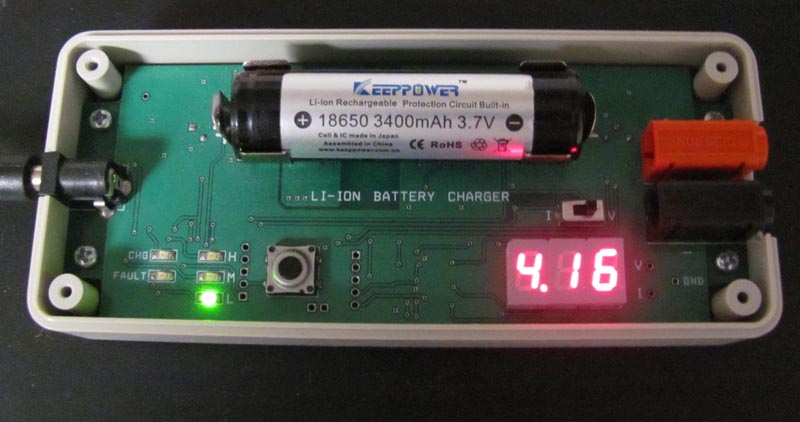For accuracy such as you would find in a handheld DVM, I like the panel meters that you find with a higher resolution of accuracy such as the 3 1/2 digit or 4 1/2 digit. A 3 1/2 digit meter has a max reading of 1999 and a 4 1/2 digit has a max reading of 19999. That is not volts but just the max reading on the display. Where you put the decimal point is optional based on which display you buy. The 1/2 signifies the "1" in the display. You can buy these in 200mV, 2V, or 20V max input. Any higher voltage would require a voltage divider and then you set the decimal point on the display as necessary.
Therefore a 0 to 5Vdc range would require a 20V display if you did not want to mess with voltage divider resistors. Thus a 3 1/2 digit display would require setting the decimal point such that you would get 2 decimal place accuracy with a max reading of 19.99 or 19.999 on a 4 1/2 digit display. These types of meters are more expensive.
The cheaper types utilize the on-board analog to digital converter in a microcontroller where the accuracy is a function of the number of bits of the A/D converter. They are cheap because you just need a microcontroller, some 7-segment LED digits and the firmware, which after it has been developed costs nothing. But they won't be as accurate as the analog chips that provide the LCD drive to a 3 1/2 digit or 4 1/2 digit LCD. You will notice that all digital voltmeters use 3 1/2 or 4 1/2 digit displays.
Search on Ebay for "3 1/2 digit panel meter 20v". Price looked fairly reasonable. The cheaper and less accurate meters will not bother with a "1" on the far left side of the display.........nor do they fall into a category of 200mV, 2V, or 20V. There are some current meters too.
I guess it depends on the accuracy you need. I did a lithium ion charger project where I display voltage and current and I just used the microcontroller route and three 7-segment displays. My A/D resolution was only 10 bits so accuracy was +/- 0.004 volts but that was good enough for me with just the 2 digits to the right of the decimal point.




